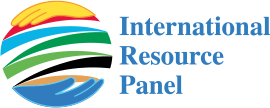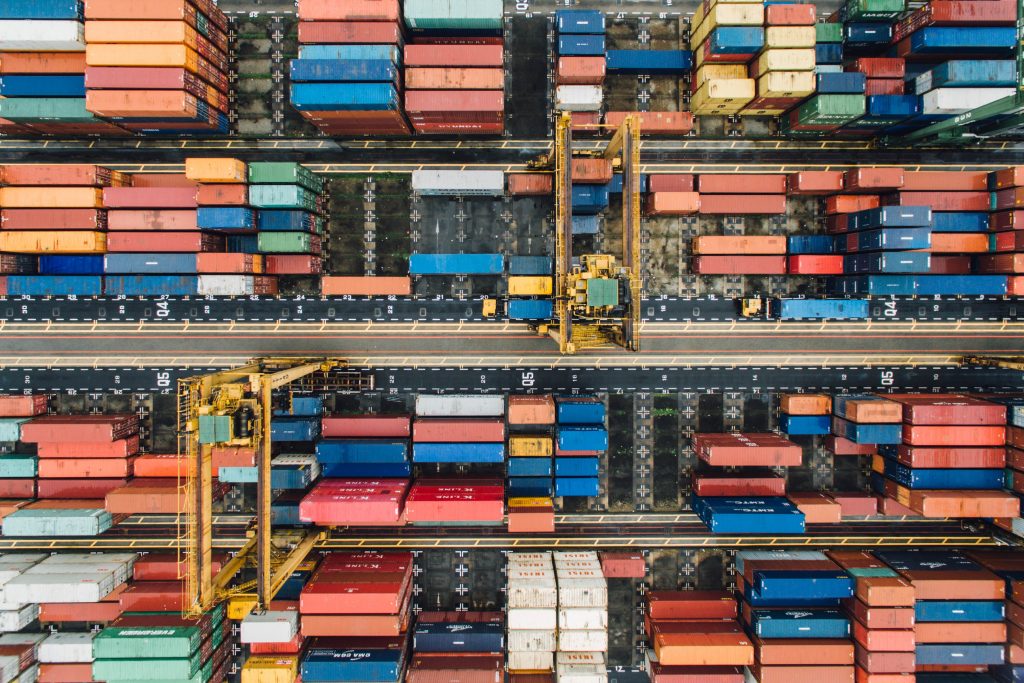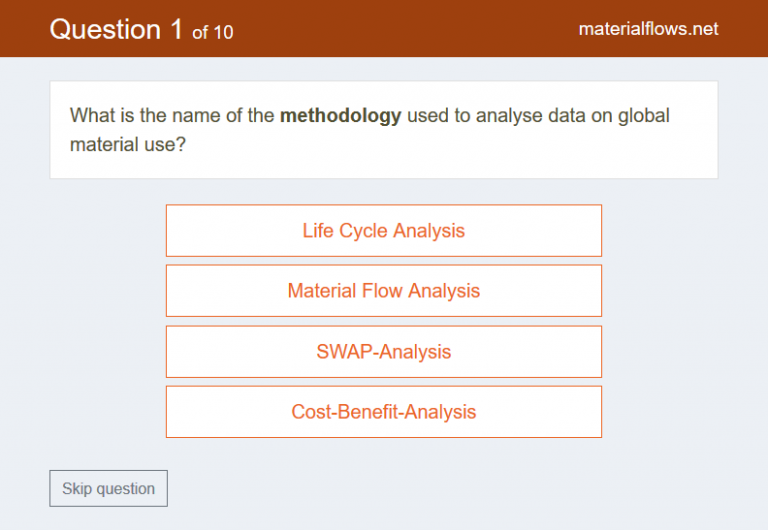Background and Data
materialflows.net is an online portal providing national material flow data, state-of-the-art visualisations, and analyses. It is hosted by the WU Vienna University of Economics and Business and funded by the Austrian Ministry of Climate and Environmental Protection.
The website is based on the UN IRP Global Material Flows Database. Data and visualisations cover more than 200 countries, the time period of 1970 to 2024, and more than 300 different materials aggregated into 13 categories of material flows. The years 2022 to 2024 are estimated based upon economic proxies.
Tell us your story
Our user stories present selected examples of MFA in practice. If you have your own story to tell, let us know how our website helped you.
Cardio training
Egestas porttitor morbi lectus risus proin ut ligula iaculis vel suscipit quis, luctus non massa fusce ligula.
Pool Exercises
Egestas porttitor morbi lectus risus proin ut ligula iaculis vel suscipit quis, luctus non massa fusce ligula.
Boxing circuit
Egestas porttitor morbi lectus risus proin ut ligula iaculis vel suscipit quis, luctus non massa fusce ligula.
The Visualisation Centre is the access point to a large variety of interactive visualisations and related analyses.
Use the explanatory videos to find the section best suiting your requirements.



- The Policy Dashboard analyses country performance using a set of indicators and related targets.
- The Sector Profiles apply the sector perspective to analyse global material flows.
Stories
presented in informative stories.
related interactive visualisations.
Partners and Funders

Visualisations and analyses featured on this website are based upon the UN IRP Global Material Flows Database. For bulk data downloads refer to the database portal of the IRP.

Since 2006, the development, updates, and further extensions of the portal have been funded by the Austrian Ministry of Climate and Environmental Protection.
MATERIALFLOWS.NET in practice
Data on national and global material flows are gaining relevance for informing strategies and campaigns of different stakeholders.
Data from materialflows.net are used for the analyses of international interconnections of Germany in the world.
Test your knowledge in our Quiz
Countries
200+
years
45+
RAW MATERIALS
300+
INDICATORS
15+

